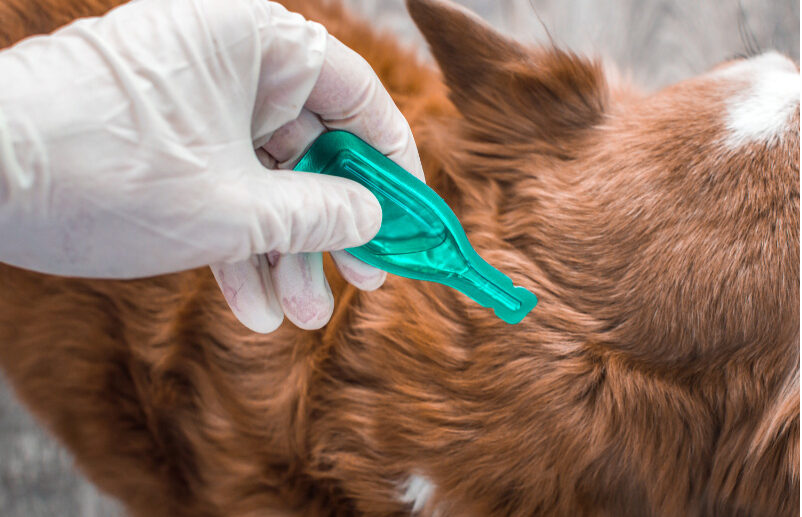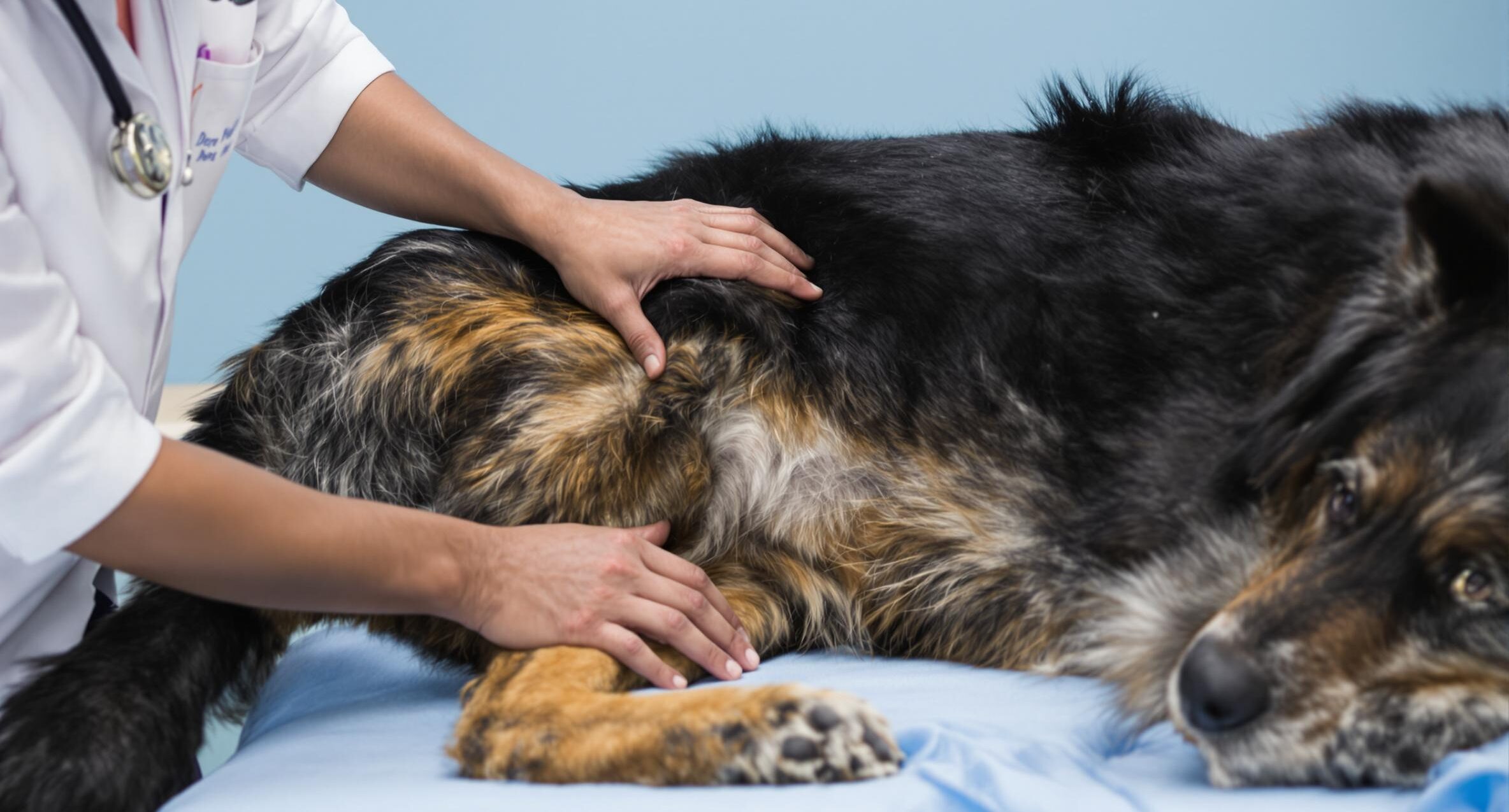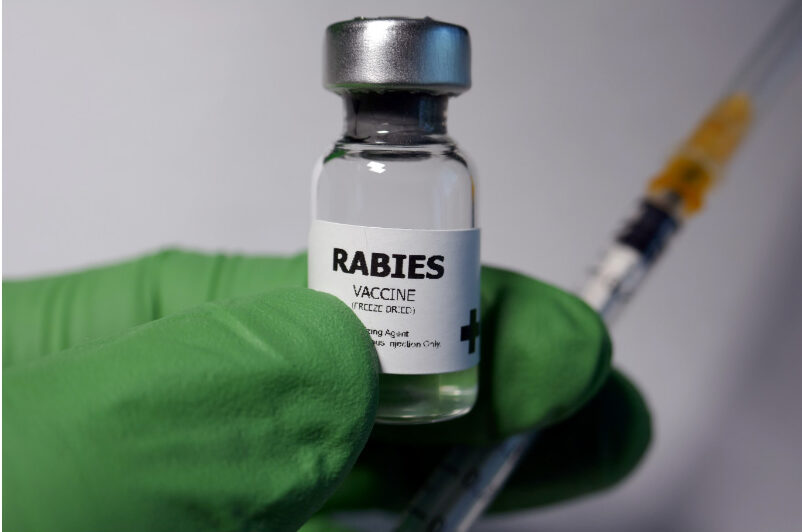How to Apply Flea and Tick Medication

- Touch your pet’s skin with the applicator tip. Don’t put the applicator tip in the coat hair, because hair cannot absorb the product.
- You can slide the applicator under the hair (rather than parting the hair with your fingers) if you are sure the applicator touches the skin.
- Apply along your pet’s back where your pet cannot reach.
- You can apply to one spot or several spots (depending on the product and your pet’s weight)
- For some pets it is helpful to apply both above and below the collar.
- For flexible cats, apply at the base of the skull rather than along the back. If your cat can lick it off, the solution won’t work and your cat may get sick.
- Do not rub the tick or flea product in.
- Keep your fingers away from the applicator tip so that your pet, and not you, receives the dose.
- Squeeze the tube entirely empty.
- Praise your pet for sitting still.
Before applying flea and tick products
Flea and tick control products for dogs and cats work best when they are applied to healthy skin. If your pet’s skin is dry, thick, and unhealthy, the solution will not be carried through the epidermis as it should.
To help maintain your pet’s skin health, ensure your pet is on a healthy diet. If your dog is on a kibble-only diet, consider incorporating canned dog food. Ideally, cats should also be fed a canned diet to avoid urinary tract infections and problems. In addition, supplementing with Omega 3 fatty acids and flaxseed oils can also improve skin and coat health.
Oral flea control products
Although many popular flea treatments are applied to the skin, there are also a few popular oral flea treatments, such as Capstar, Comfortis, and Trifexis. Speaking with your veterinarian about which flea control product is best for your pet can help you to decide. Or, visit our Flea Prevention category and use our Select & Compare option to compare the benefits of up to 3 products.





